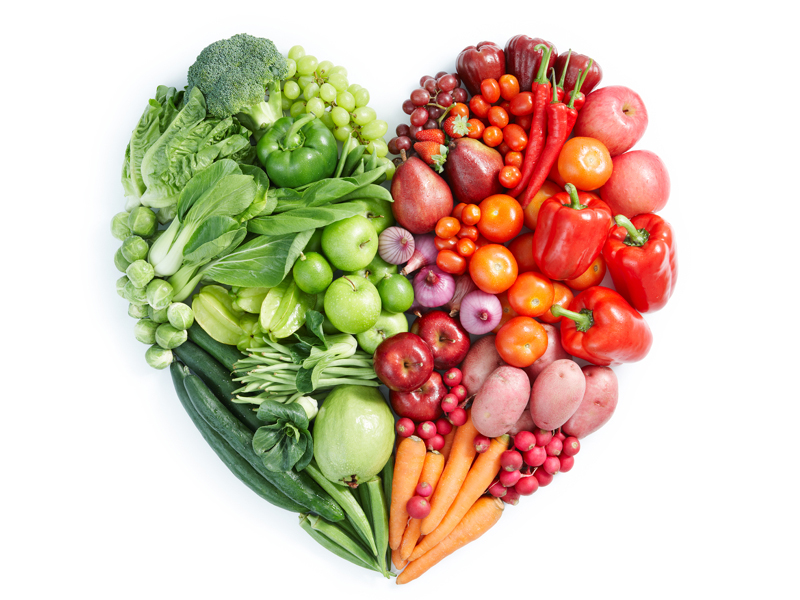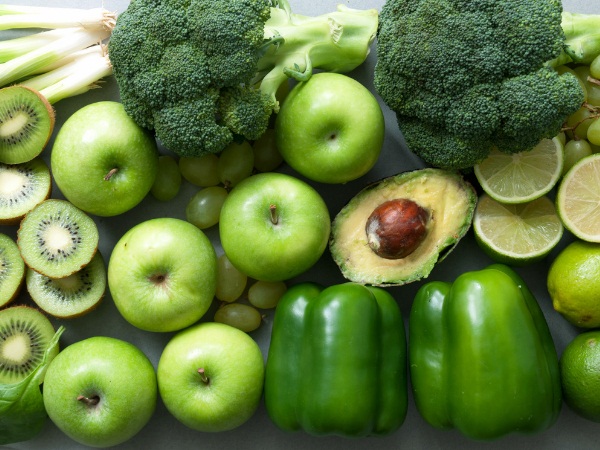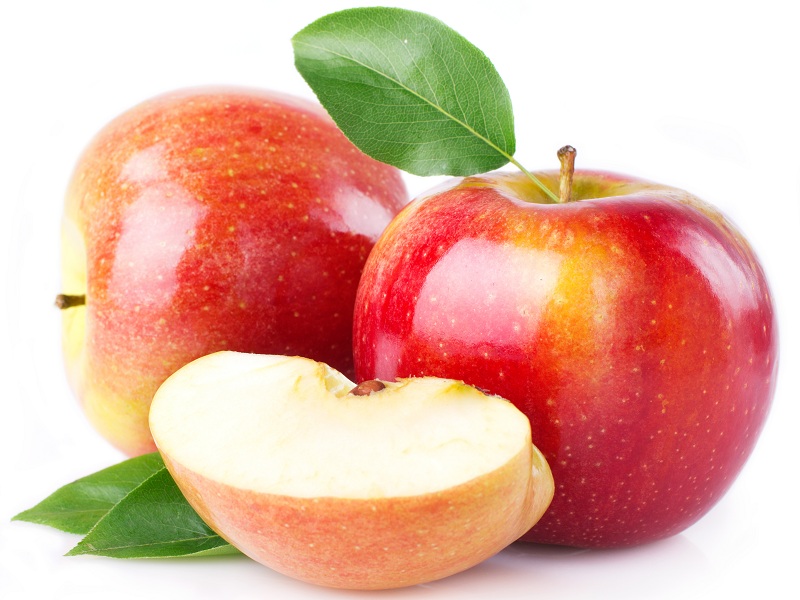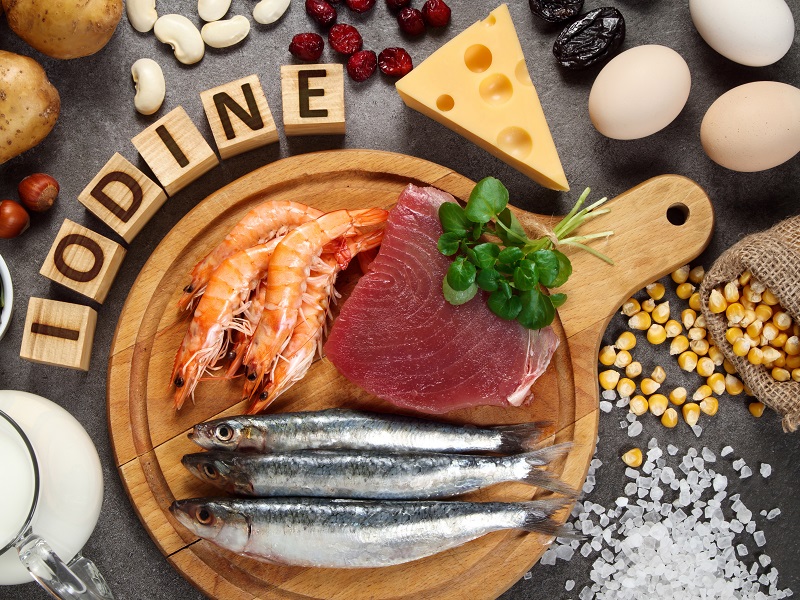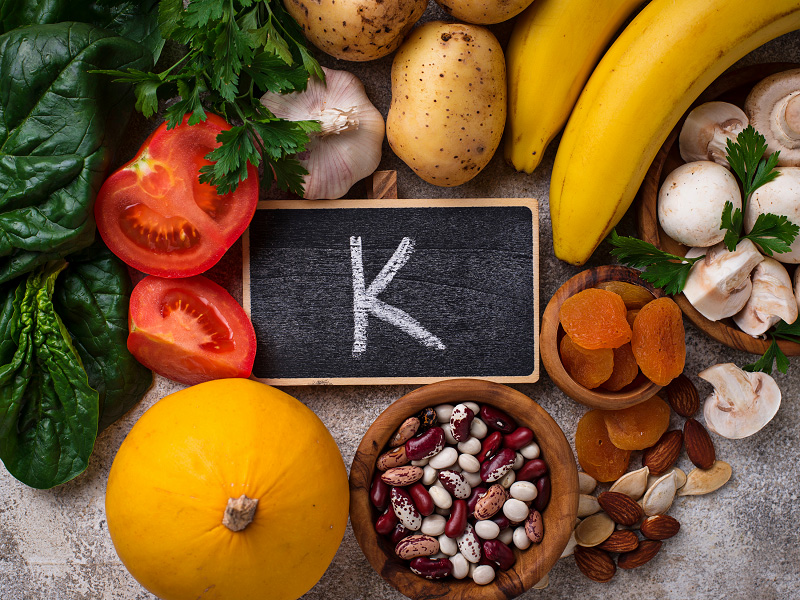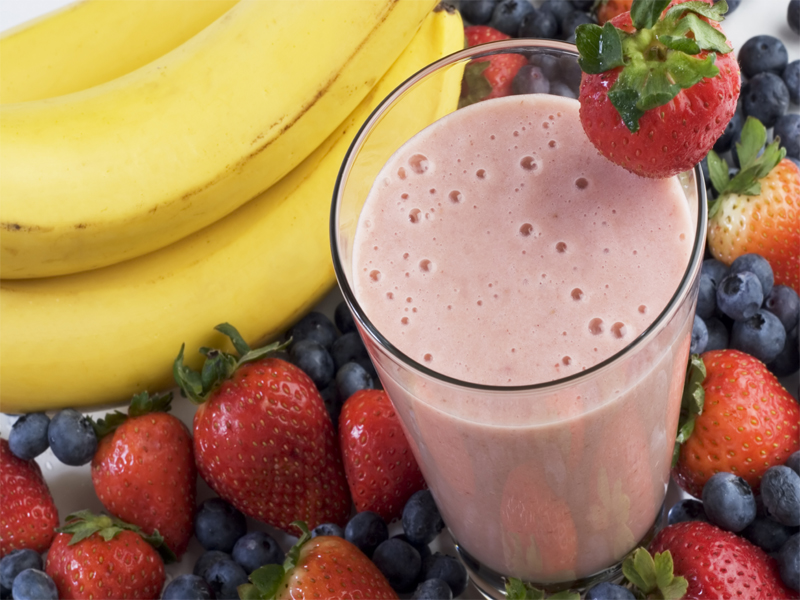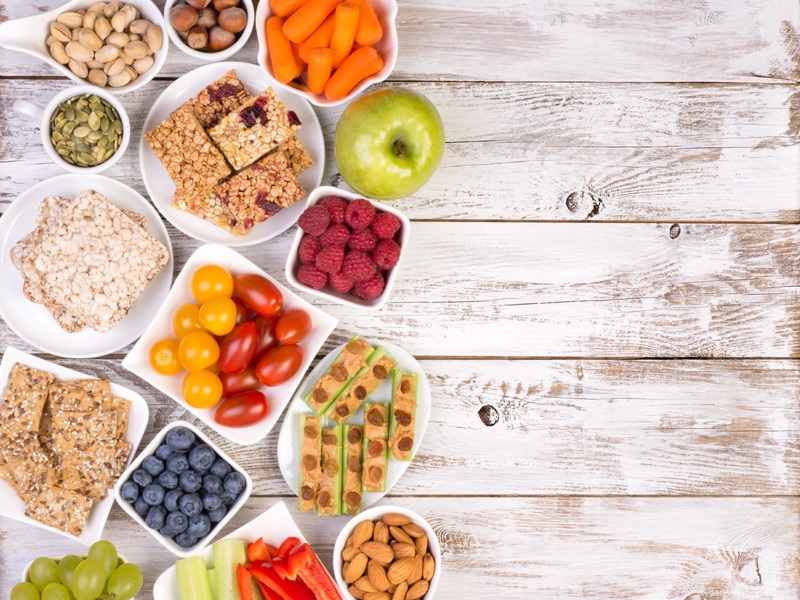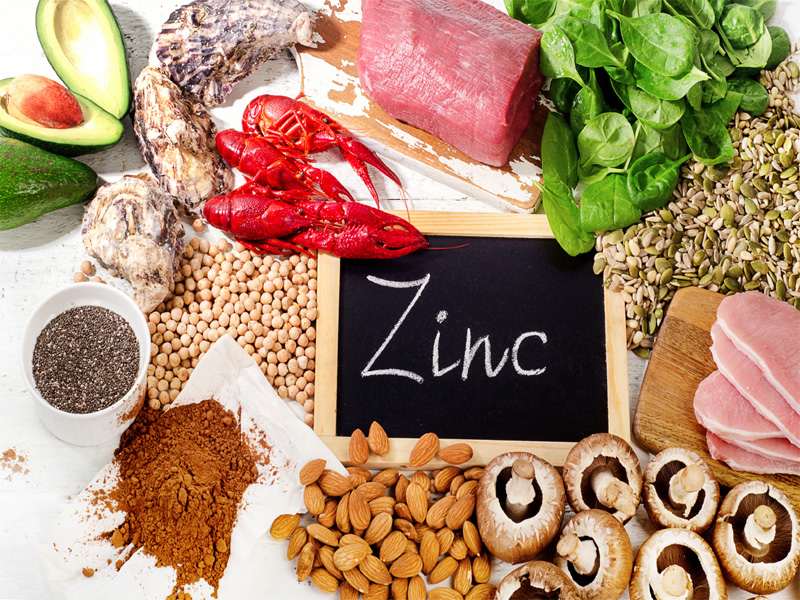Have you been overlooking the daily intake of essential nutrients? Pack your plate with colorful foods, generally vegetables and fruits with necessary antioxidants, vitamins, and fewer calories. The nutrients present in these colorful fruits and vegetables play an important role in maintaining good health. Take a positive step toward improving your health by increasing the number of colorful fruits and vegetables in your diet (1).
This article has listed different colors of vegetables and their nutrients that give them their color in detail. Read on!
Color of Fruits and Vegetables and Benefits:
The colors of fruits and vegetables are not just for decorative purposes but also indicate different nutrients. So, let us analyze the colors of vegetables, fruits and what their nutrients mean.
1. Purple/Blue Color Fruits and Vegetables :
The blue to the purple hue of these fruits and vegetables comes from anthocyanins, a phytonutrient. This flavonoid helps protect the vegetables from UV rays.
Benefits of eating Purple/Blue colored fruits and vegetables:
- Vegetables and fruits of blue/ purple color help prevent chronic health conditions like cancer, stroke, and heart disease.
- The purple/blue vegetables regulate healthy digestion by protecting urinary tract health.
- These fruits and vegetables promote healthy aging and are advantageous for your memory.
- The fruits and vegetables that are blue/purple in color help control obesity and help promote a healthy body (2).
Nutrients:
Purple/Blue Colored Fruits: Blueberries, Blackberries, Figs, Raisins, Plums, Purple grapes.
Purple/Blue Colored Vegetables: Purple cabbage, Purple potatoes, Eggplant.
2. Red Color Fruits and Vegetables :
Red-colored fruits and vegetables are nature’s gift to us that offers several health benefits with their nutrition.
Benefits of eating Red-colored fruits and vegetables:
- Red fruits and vegetables help reduce the risk of prostate, liver, and cervical cancer.
- It helps reduce the harmful effect of free radicles on your body.
- It helps lower blood pressure, thereby protecting your body against heart disease.
- People with arthritis can consume red-colored fruits and vegetables by supporting joint tissue.
- It helps maintain a healthy gastrointestinal tract.
Read: Health Benefits of Jujube Fruit
Nutrients:
- Lycopene (5).
- Quercetin.
- Ellagic Acid.
- Fiber.
- Vitamin A and C.
- Hesperidin.
Red Colored Fruits: Red apples, Cherries, Blood oranges, Red grapes, Cranberries, Red Grapefruit, Pomegranates, Red pears, Raspberries, Watermelon, Strawberries.
Red Colored Vegetables: Beetroot, Radishes, Red peppers, Red onions, Tomato, Rhubarb, Radicchio.
3. Green Color Fruits and Vegetables:
Green fruits and vegetables are commonly found and can be very beneficial for the healthy maintenance of our bodies.
Benefits of eating Green colored fruits and vegetables:
- Green fruits and vegetables help lower the risk of developing age-related macular degeneration protecting your eye health.
- Vegetables and green fruits benefit pregnant women by reducing developmental risks in unborn babies because they have folate (6).
- These green fruits and vegetables improve the functioning of the immune system protecting you from several infections.
- Green fruits and vegetables regulate digestion and protect you from high levels of bad cholesterol and cancer.
Read: Benefits of Eating Guava
Nutrients:
- Folic Acid.
- Sulforaphane.
- Isocyanate.
- Indoles.
- Fiber.
- Vitamins A, C, E, and K.
- Lutein.
- EGCG.
Green Colored Fruits: Green grapes, Kiwi, Green apples, Avocado, Lime.
Green Colored Vegetables: Spinach, Broccoli, Cabbage, Brussels sprouts, Cucumbers, Peas, Green pepper, Zucchini, Lettuce, Green beans.
4. White/Brown Color Fruits and Vegetables:
The health-promoting phytochemicals in white fruits and vegetables make them unique to one’s diet (7). In addition, Brown/ white vegetables and fruits have Vitamin C, which acts as an antioxidant.
Benefits of eating White/Brown colored fruits and vegetables:
- The nutrients present in white/brown-colored fruits and vegetables lower high blood pressure by lowering the level of bad cholesterol in your body.
- You can minimize the risk of colon, prostate, and breast cancer by consuming white/brown fruits and vegetables.
- The fiber content in these fruits and vegetables helps maintain digestive health properly.
- Some of the white/brown veggies and fruits maintain healthy blood vessels, strengthen bone tissue, and help fight cancer with the help of the element Sulforaphane.
- Some white vegetables help maintain healthy cholesterol levels that maintain heart health and reduce cancer risk.
- Selenium is an antioxidant that plays a crucial role in metabolism and supports the immune system efficiently.
Nutrients:
- Fiber.
- Beta-glucans.
- Lignans EGCG.
- SDG.
- Selenium.
- Phytoestrogens.
- Anthoxanthins.
- Potassium.
- Magnesium.
- Sulforaphane.
White/Brown Colored Fruits: White nectarines, Pears, Bananas, White peaches.
White/Brown Colored Vegetables: Mushrooms, Onions, Potatoes, Turnips, Cauliflower.
5. Orange And Yellow Color Fruits and Vegetables:
The yellow and orange fruits get their color from carotenoids called Lutein and zeaxanthin. The antioxidants present in these fruits and vegetables can benefit overall health.
Benefits of eating Orange And Yellow colored fruits and vegetables:
- Yellow and orange fruits and vegetables protect your nervous system, prevent heart diseases and promote eye health as they are packed with nutrients.
- Antioxidants in orange and yellow-colored fruits help build strong bones and boost the immune system.
- These fruits also help maintain skin health with the help of the antioxidants present in them.
- Vitamin C in yellow and orange-colored fruits and vegetables prevents oxidative damage (8).
- The orange and yellow fruits and vegetables help with age-related macular degeneration with the help of carotenoids called Lutein and zeaxanthin (9).
Nutrients:
- Beta Cryptothanxin.
- Vitamins A and C.
- Lutein.
- Zeaxanthin.
- Carotenoids.
- Phytonutrients.
Orange And Yellow Colored Fruits: Apricots, Oranges, Peaches, Mangoes, Pineapple, Pears, Papaya, Yellow apples, Grapefruit,
Orange And Yellow Colored Vegetables: Pumpkin, Carrots, Sweet potato, Sweet corn, Yellow tomatoes, Yellow pepper.
Several phytochemicals play an essential role in giving various fruits and vegetables a distinctive color. In addition, multiple foods have nutrients in different quantities. Therefore, including as many colored fruits and vegetables in your diet will ensure that you are not compromised on the nutrients to affect your health positively. Finally, don’t forget to let us know if you found this article helpful!
Read: Pros and Cons of Noom Diet
Disclaimer: The information provided in this article is based on pure research and not a replacement for medical advice. It is best to seek advice from a medical professional regarding your health.
FAQ:
1. What is a rainbow diet?
Ans: A diet that includes different kinds of fruits and vegetables of different colors is referred to as a rainbow diet.
2. Why is it necessary to consume different colored fruits and vegetables?
Ans: The phytonutrients present in colorful fruits and vegetables give them their color and distinctive taste, giving you a beautiful picture of health. These compounds also play an essential role in the immune system’s strengthening.
3. Can anyone add colorful vegetables and fruits to their diet?
Ans: Unless you are allergic to any fruit or vegetable or are restricted to consuming some specific vegetables or fruits due to any chronic health condition. You can consume foods of different colors.


